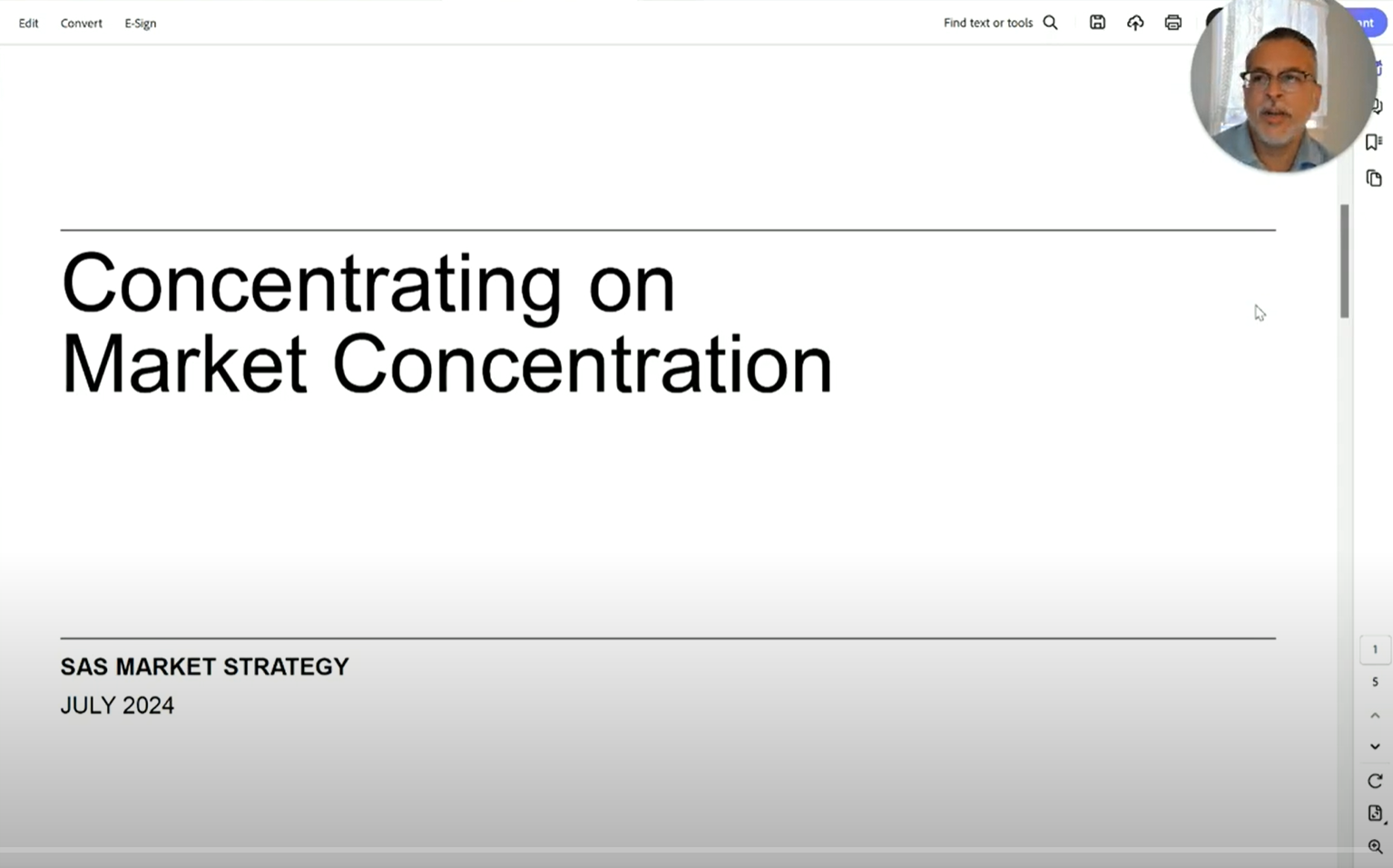Last week we summarized the House and Senate proposals for the Tax Cuts and Jobs Act (http://www.spcfo.com/single-point-of-view-blog/entry/singlepointofview/year-end-tax-reform-planning.html) including Action Steps relating to your year-end tax planning. Since then, the House and Senate reconciled a final tax bill and, as of yesterday, the bill has been approved by Congress. Below are the details of the final bill.
Standard Deduction
The standard deduction will increase from $6,350/$12,700 to $12,000/$24,000 for single filers and married filers, respectively.
State & Local Tax Deductions
Individuals are entitled to take state and local tax deductions, including property taxes, up to $10,000.
Mortgage Interest Deduction
Mortgage interest will be deductible on up to $750k of principal loan amounts. Existing mortgages taken out as acquisition debt will be ‘grandfathered’ in under the old rules (deductible up to $1M of acquisition debt). Home equity indebtedness will not qualify for the mortgage interest deduction and existing equity loans will not be ‘grandfathered’ in.
Medical Expense Deduction
The threshold for deducting qualified medical expenses has been reduced from 10% to 7.5% for 2017 and 2018. After 2018, the medical expense deduction reverts back to 10% of AGI threshold.
Miscellaneous Itemized Deductions
Miscellaneous itemized deductions subject to the 2% AGI threshold will no longer be deductible. This includes expenses such as investment advisory fees paid from a taxable account, tax preparation fees, and unreimbursed employee business expenses.
Casualty Losses
Casualty losses will only be deductible if they are attributable to a Federal disaster relief area.
Pease Limitation Repealed
Under current law, the Pease limitation limits the amount of itemized deductions for households with AGI above a certain threshold. The proposed bill eliminates the Pease limitation which was a 3% phase-out on itemized deductions for certain high-income earners.
Child Tax Credit
The child tax credit has doubled from $1k to $2k and is available for each child under 18 through 2024. The phase-out amount will increase to $500k, allowing more taxpayers to benefit from the credit.
FIFO Sales
The FIFO proposal did not find it’s way into the final bill – investors will still be able to select individual tax-lots when selling securities.
Alternative Minimum Tax (AMT)
The AMT will remain in place, but the exemption has been increased from $55,400/$86,200 to $70,300/$109,400 for single filers and married filers, respectively. Additionally, the threshold for the phaseout of the AMT exemption has increased substantially from $123,100/$164,100 to $500,000/$1,000,000 for single filers and married filers. These changes to the AMT, coupled with less deductions, are expected to result in less taxpayers with exposure to the AMT.
Obamacare Health Insurance Mandate
Under Obamacare, individuals are required to maintain health insurance, or they face a penalty. The proposed tax bill eliminates the penalty for not having individual health coverage.
529 Plans
Expenses for K-12 will be permitted to be paid from 529 Plans (up to $10k in distributions per student each year), making these plans more flexible. Current law just allows expenditures for post-secondary education costs from 529 Plans. As a result, Coverdell ESAs will essentially be obsolete.
Additionally, the proposed bill allows for Educational 529 Plans to be rolled over to 529A ABLE Accounts for the same beneficiary. These 529A ABLE Accounts are designed for certain disabled beneficiaries and can help preserve eligibility for certain government benefits, such as Social Security Disability Insurance.
Roth Recharacterization
Individuals will no longer be able to recharacterize Roth conversions.
Like-Kind Exchanges
Like-kind exchanges (Sec. 1031) will be available only for real property.
Alimony
Under current laws, payors of alimony can deduct those payments from their income and it is includable in the payee’s income. The proposed legislation would eliminate the deduction for payors and inclusion for payees – this will apply to divorce agreements entered into after 12/31/2018.
Pass-Through Entities
Those operating businesses as sole proprietors, partnerships, LLCs, and S-Corporations will be able to take a 20% deduction to their business income, subject to limits beginning at $315k for married couples ($157,500 for single filers).
Individual Rate Changes
The bill keeps seven brackets, but changes the income bands and institutes a lower top marginal tax bracket.

Capital Gain & Qualified Dividend Rates
Despite the individual rate changes proposed in the new bill, the thresholds for determining the applicable rate on capital gains and qualified dividends remain the same.
- 0% rate à up to $38,600/$77,200
- 15% rate à from $38,600/$77,200 – $452,400/$479,000
- 20% rate à over $452,400/$479,000
Additionally, the net investment income tax of 3.8% will continue to apply to those with individuals with AGI of $200k+ ($250k+ for married filers).
Corporate Rate Changes
The tax rate for C-Corporations is being reduced from 35% to 21% beginning in 2018.
Estate Tax
The lifetime exemption has been doubled from $5.49M (2017) to $11.2M per person – these higher thresholds are scheduled to sunset in 2026.
Estate & Trust Income Taxes
The brackets for estate and trust income taxes have decreased and simplified. The income brackets remain very compressed, meaning tax planning in the context of distributing net income remains important for these entities.















